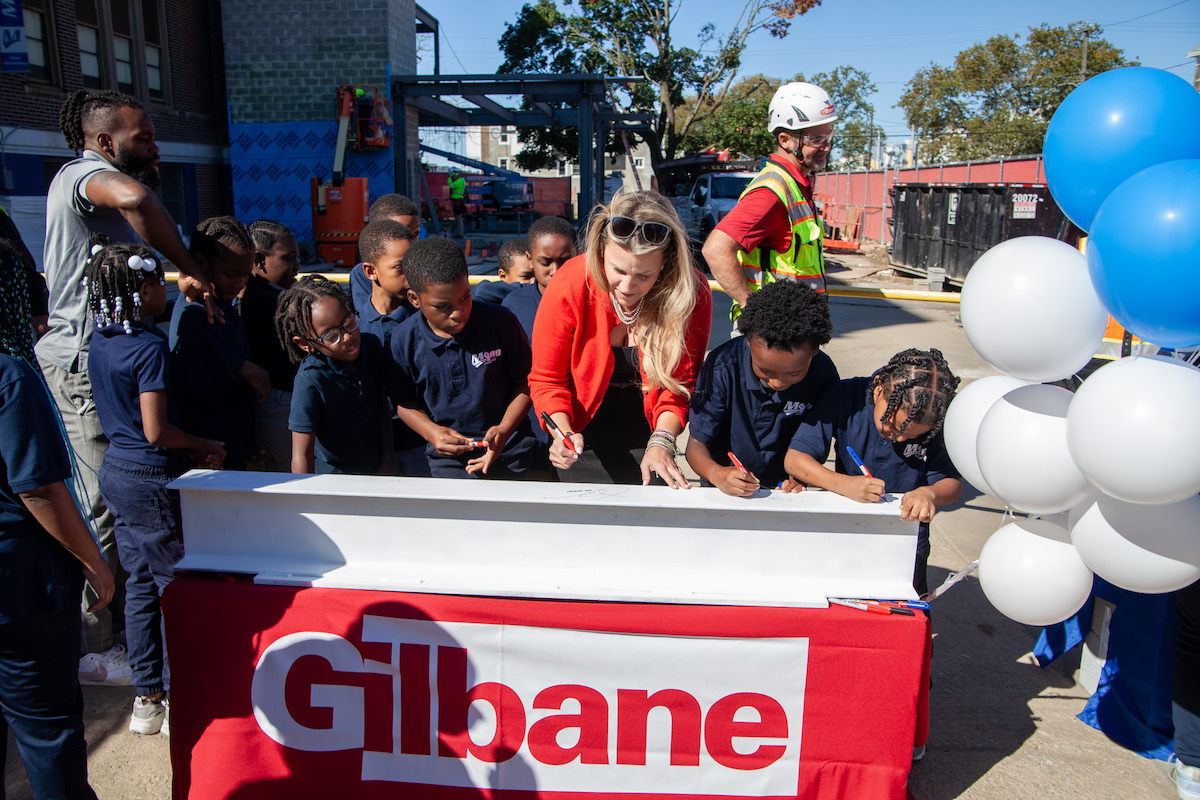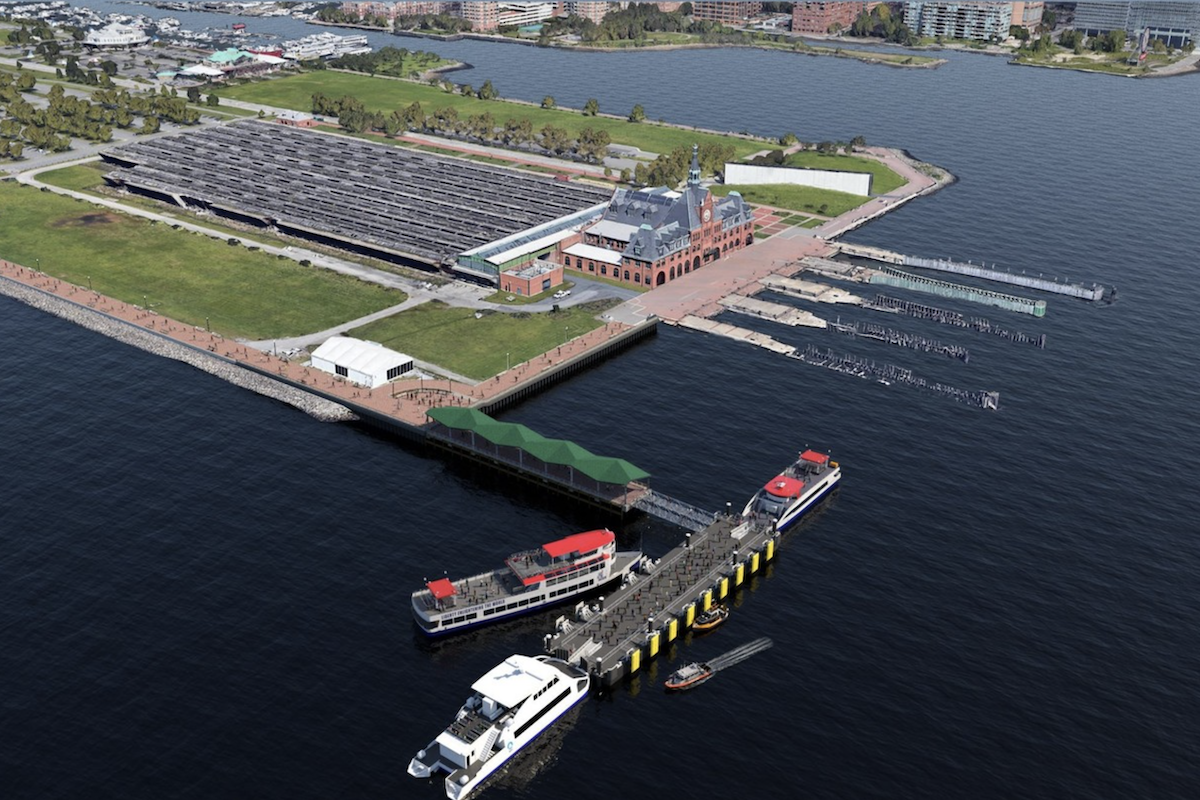The neighborhoods through which the traffic is flowing include million-dollar homes. Tysons, a popular destination, is also within the area and it has a plethora of retail and industry.
Residents are active and engaged in the process, and VDOT has been working together with the community since 2012 to identify and address their concerns about the construction. Acquiring right of way and easements on 236 parcels and collaboration with 36 homeowners’ associations (HOAs) has facilitated the complex work in a relatively narrow corridor.
Rahman notes that some homes are as close as 20-30 feet from where construction is occurring. In keeping with Federal Highway Administration (FHWA) and VDOT regulations pertaining to highway noise, the project is constructing more than 7 miles of noise walls, some of which have been built on top of retaining walls, depending upon the specific topography of the area.
In addition to addressing community concerns, the team has worked with the relevant environmental agencies to protect sensitive wetlands as Route 7 runs through several waterway and wetland areas protected by the Chesapeake Bay Preservation Act and the Clean Water Act. One of the unique elements of the project entailed the relocation of Colvin Run into an articulated block channel to prevent future erosion. “We need to make sure we minimize impacts to the waterways, which can be challenging,” Rahman says.

| Your local Trimble Construction Division dealer |
|---|
| SITECH Allegheny |
| SITECH Northeast |
Another wrinkle to the project is a $200 million upgrade to gas lines by Washington Gas. Most of the gas line work has been installed under the new shared-use path. The team is building 14 miles of shared-use path – 7 miles on each side of the road – to connect to previously-built sections. “We’ve had to closely coordinate with Washington Gas to ensure they have the necessary space to upgrade the gas lines,” Rahman says.
There are more than 10 signalized and unsignalized intersections along the section of Route 7 where the project is taking place. The team is making major intersection improvements to facilitate the safe and efficient flow of traffic. The team is lengthening turn lanes to many of the side streets and eliminating some median crossovers. Some side streets are being widened to add left- and right-turn lanes. At one busy intersection, a third left-turn lane on Route 7 westbound was added as an early improvement during construction.
The team is installing the second displaced left-turn (DLT) intersection in the state for drivers on Route 7 eastbound. According to the U.S. Department of Transportation, the main benefit of a DLT or a continuous flow intersection “is the reduction in the number of traffic signal phases and conflict points with consequent improvements in operations and safety. The main geometric feature of the DLT intersection is the removal of left-turn movements from the main intersection to an upstream signalized location… Traffic signals at the left-turn crossovers and the main intersection are operated in a coordinated mode so that vehicles do not stop multiple times in the intersection area.”
“They’re on top of things and have done a great job with outreach to the local businesses and residents. This is important as we want the neighbors to be happy.”
The expected cost of the project, including preliminary engineering, right of way, and construction, is $313.9 million. Funding for the project is being provided by the federal and state government, Fairfax County, and the Northern Virginia Transportation Authority. The project is on budget, and Rahman credits the team for their careful, regular focus on monies spent.
Utility relocation began in early 2019, while construction began in late spring of the same year. The project was initially expected to be complete in the summer of 2024. Rahman, however, notes the project is ahead of schedule and says the team is hopeful they can complete the project by the end of 2023.
“We’ve had great coordination with Washington Gas and the other utilities such as Verizon, Dominion Power, and DC Water that has been key in moving the project along.” DC Water owns the Potomac Interceptor, a sanitary sewer line that carries about 60 million gallons per day of wastewater from the Washington Dulles International Airport area to the Potomac Pumping Station in Washington, D.C. The ongoing, detailed coordination is essential when working with multiple parties in a tight area. The use of specialized equipment, such as zero-turn excavators, has also helped the team perform work within the narrow confines of the project’s limits of disturbance.
When the project is completed, drivers along Route 7 will appreciate the increased roadway capacity, better traffic flow, and improved safety. The shared use paths along eastbound and westbound Route 7 will provide cyclists and pedestrians with enhanced mobility and connectivity to adjacent trail networks. These improvements are sure to please residents and commuters who have watched the construction progress for more than four years.








































































